Financing a home doesn’t have a reputation for being a particularly fast, pleasant, or transparent process—but tides are changing. Giving the loan cycle a modern makeover has been one of the most time-consuming and frustrating aspects in the history of mortgage lending.
In this article, we cover what income and employment verifications for home loans are and why they’re important. We also explain how mortgage lenders can select a verification method that improves operational efficiencies and the borrower experience.
What are mortgage income verifications and mortgage employment verifications?
To put it simply, mortgage lenders verify a borrower’s income and employment in order to validate:
That a borrower has a job
The total income a borrower collects from all sources
How stable a borrower’s income is
Why do lenders verify employment and income for mortgages?
Lenders verify a borrower’s employment and income to determine the borrower’s ability to repay a home loan. In doing so, lenders reduce the risk of a loan going into default and the risk of buyback requests.
A loan buyback is when an investor that bought a loan on the secondary market requires the original lender to repurchase the loan. This can happen if an investor discovers that the lender did not perform adequate due diligence. Despite the name, loan buybacks are not voluntary and represent huge losses on lenders’ income statements, especially in recent years.
Income and employment verifications also benefit borrowers. If a borrower takes out a loan that goes into default, their credit score will fall. This will make it more difficult for the borrower to get credit in the future. In a worst-case scenario, a borrower who cannot make their mortgage payments could also lose their home.
How do mortgage lenders verify employment and income?
Mortgage lenders usually verify income and employment by contacting a borrower’s employer directly and reviewing recent employment and income documentation. These documents can include an employment verification letter, recent pay stubs, W-2s, or anything else to prove an employment history and confirm income.
This has historically been a slow, expensive process for the lender. It is also a frustrating and time-consuming process for the borrower. To expedite the process, many mortgage lenders verify income and employment through a third-party verification vendor. There are three main types of third-party verification vendors:
Those that rely on verification databases
Those that rely on banking and asset data
Those that leverage direct payroll connections.
Below, we discuss each type in more detail.
Verification databases
Verification databases have been in use for decades. Third-party verification vendors like The Work Number maintain verification databases to validate income and employment on behalf of lenders. They build their verification databases by buying borrowers’ income and employment data from employers and payroll vendors like ADP.
For lenders, verifying income and employment via a verification database vendor is much faster than the manual verifications described in the previous section. But there are notable downsides to verification databases as well:
Cost — Providers like The Work Number buy the data they use and pass on those costs to lenders. That makes the verification process very expensive. In turn, lenders will often pass on those costs to borrowers in the form of origination fees.
Data quality — The data in a verification database is static, which means it can be weeks or even months old. As a result, the data runs the risk of being inaccurate. For example, a verification database might not reflect a recent job loss, putting a lender at risk.
Coverage — There are significant gaps in coverage when it comes to verification databases. As a general rule, databases don’t cover borrowers employed by the federal government or those who work in the gig economy.
Banking and asset data
Other third-party verification vendors, like Finicity and Plaid, use banking and financial asset data to verify income and employment. They do this by building integrations with financial institutions and gaining permissioned access from borrowers to access the data associated with their individual accounts.
The vendors then use this data to infer income and employment status. For example, banking data shows if a borrower consistently receives a direct deposit from an employer. This serves as proof that the borrower has a job. A lender can then use the value of those deposits to make assumptions about the borrowers’ base, gross, and net pay.
The advantage of this approach is that it tends to be less expensive than verification databases, because vendors aren’t buying and selling data. But there are also some drawbacks to using banking and asset data for income and employment verification. Namely:
The data is only as fresh as a borrower’s latest direct deposit.
The data only offers indirect information about income.
Borrowers may be hesitant to grant lenders and third-party verification vendors access to their sensitive bank account data.
You can read more about the potential pitfalls of banking data for income and employment verifications here.
Direct payroll connections
Another type of third-party verifications leverages direct payroll connections. This is when a verification vendor builds integrations with original sources of income and employment data, including:
Payroll software (like MyADP)
Employer payroll systems (like those owned by Starbucks, Target, and USPS)
Gig platforms (like Uber and Lyft)
Vendors who use direct payroll connections access a borrower’s data within these systems by requesting permission from the borrower. Once connected, the vendor can generate VOI and VOE reports for a mortgage lender in seconds.
Compared to manual verifications and verification databases, payroll connection-based verifications are less expensive. Payroll connections also allow lenders to perform verifications in real time and from the source of truth, ensuring high accuracy. The best payroll connection verification vendors even pull required pay stubs and W-2s from borrowers’ accounts, saving everyone time and hassle. Examples of verification vendors that leverage payroll connections include Argyle, Pinwheel, and Truv.
Things lenders should consider when selecting VOI and VOE vendors
Partnering with a third-party verification vendor almost always speeds up the verification process compared to the in-house manual approach. But mortgage lenders are right to be thoughtful about the verification vendor they choose for their business.
When evaluating verification vendors, lenders should keep the following in mind:
Coverage — It’s not enough to look at how many consumers a vendor claims to cover. Lenders should also check coverage against their customer base and target market to ensure optimal crossover. Ideally, a lender will also run a pilot program with the vendor to validate the vendor’s coverage claim.
Conversion rate — Of course, coverage is only part of the equation. Lenders should also consider a vendor’s conversion rate. If a vendor’s user flow isn’t easy or trustworthy, borrowers are more likely to drop off.
Data quality — Data quality assesses a dataset’s completeness, consistency, uniqueness, timeliness, validity, conformity, and relevance/fitness for business purpose. As we’ve seen, the quality of verification vendors’ datasets varies.
Support — A verification vendor is only as good as it is easy to implement, use, and maintain. Lenders should pay close attention to the quality of support they receive from a vendor during the sales process. They should also consider talking to a vendor’s existing customers about their support experience before committing to a partnership.
When do mortgage lenders verify income and employment?
Lenders perform verification of income and employment for mortgages multiple times during the loan cycle:
At pre-approval
At this stage, many lenders will require borrowers to provide proof of income and employment, like multiple pay stubs. Lenders may also run VOI and VOE reports.
During loan origination/processing
Every lender will perform income and employment verification before a loan goes through the underwriting process.
Prior to closing
Many lenders will repeat income and employment verifications before closing to confirm nothing has changed. This helps the lender reduce risk of a loan buyback.
Borrowers should note: experts generally recommend that they not change jobs during the mortgage loan process if they can help it.
How long is the income and employment verification process?
The time it takes to complete VOE and VOI for mortgage loans varies depending on the verification method a lender uses. The process can last from a few days to weeks if a lender is manually reviewing documents and calling employers. On the other hand, a lender that uses a third-party vendor to digitize or automate the verification process can complete verifications in minutes or hours.
Are you a lender looking to save time in the mortgage process? Check out how direct-source payroll connections transform the mortgage lending experience.
The bottom line
Not all approaches to verifying income and employment are equal. Some methods, like manual verifications, create hassles for borrowers and loan officers, and lead to delays in the mortgage loan cycle. Others, like verification databases, are very expensive and offer less reliable data to lenders. And still others, like bank integrations, only offer indirect income and employment validation.
Modern lenders that prioritize efficiency and borrower experience are turning to digitized verifications via payroll connections. Only payroll connections offer fast, inexpensive income and employment verifications in real time and directly from the source of truth.
The leader in direct-source verifications for mortgage
Argyle is the highest-converting, most reliable income and employment verification solution for mortgage on the market. With Argyle, lenders get automated, compliant VOI and VOE reports, including unlimited reverifications—all for less than they’re paying now. Meanwhile, borrowers benefit from a faster, and less stressful loan experience.
Learn how Argyle helps mortgage lenders reduce risks, save money, and make more efficient home loan decisions.










